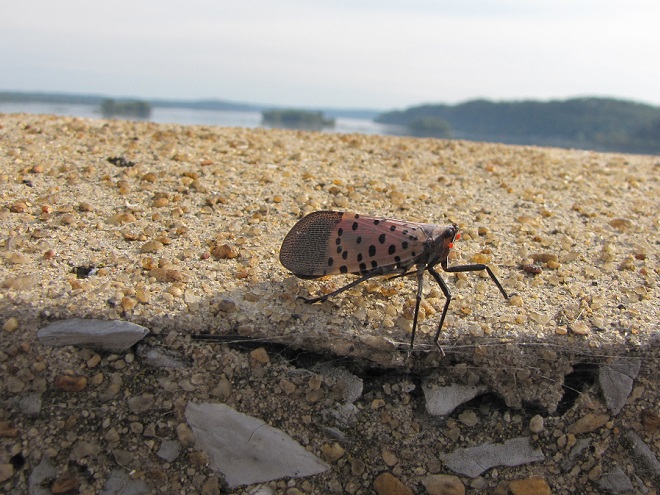Once upon a time, a great panic spread throughout the lower Susquehanna region. A destructive mob of invaders was overtaking our verdant land and was sure to decimate all in its path. Clad in gray and butternut, they came by the thousands. Flashing their crimson banners, they signaled their arrival at each new waypoint along their route. The Pennsylvania government called upon the populace to heed the call and turn out in defense of the state. Small bands of well-intentioned citizens tried in vain to turn back the progress of the hostiles—none succeeded. But for a cadre of civic-minded elites and some small groups of college professors and their students, few responded to a call to confine the invasion along designated lines of containment. Word spread quickly throughout the valley that farms had been overrun by waves of the merciless intruders. Agrarians reported that their orchards had been stripped; they had lost all of the fruits of their labor. Stories exaggerating the hideous appearance of the approaching aliens struck fear into the faint-of-heart. The growing sentiment among the terror-stricken residents: this horde must be stopped before pestilence is visited upon everyone in the state!
And so, on the evening of June 28, 1863, just three days before the Battle of Gettysburg, the wooden Susquehanna River bridge at Columbia-Wrightsville was set ablaze just as Brigadier General John B. Gordon’s brigade of the invading Army of Northern Virginia approached the span’s west entrance preparing to cross to the eastern shore. Thus, the rebel tide was turned away from the Susquehanna at the point some contend to be the authentic “High-water Mark of the Confederacy”.

